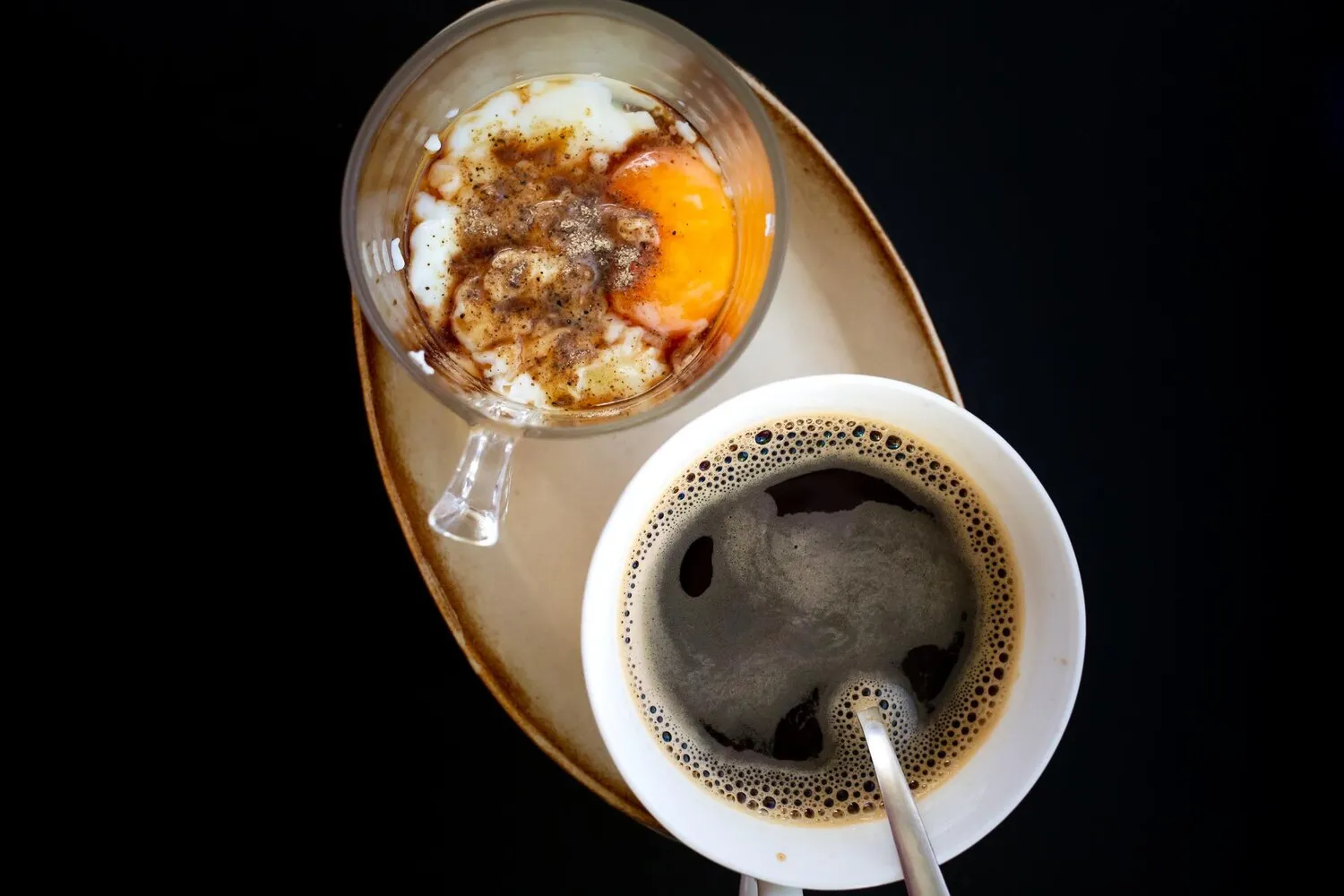
Espresso Macchiato
Espresso marked with a dollop of foamed milk.
Nutrition Facts
* The % Daily Value (DV) tells you how much a nutrient in a serving of food contributes to a daily diet. 2,000 calories a day is used for general nutrition advice.
The Espresso Macchiato originated in Italy as a way for baristas to show customers the difference between a regular espresso and one with a bit of milk, especially in the mornings when many variations of coffee were being ordered. 'Macchiato' literally means 'marked' or 'stained,' indicating the espresso is 'marked' with a small amount of milk.
The Espresso Macchiato is a staple in Italian coffee culture and represents a bridge between a straight espresso and milk-based coffee drinks. It is often seen as a more sophisticated choice than a cappuccino or latte, favored by those who appreciate the intensity of espresso but desire a touch of creaminess.
Coffee Bar Staple
Espresso Macchiato is a common order in Italian coffee bars, often enjoyed as a quick, afternoon pick-me-up or a simple way to enjoy espresso with minimal milk.
Acceptable Milk
Adding just a bit of milk to soften the harshness of espresso is perfectly acceptable, unlike ordering a latte in the afternoon, which might be frowned upon by traditionalists.
The Espresso Macchiato offers a balanced combination of bold espresso and creamy milk. The flavors are primarily strong coffee balanced by a slight sweetness and richness from the milk.
The dominant flavor is a concentrated, bitter espresso, characterized by its intense coffee notes. The small dollop of foamed milk adds a touch of sweetness and a creamy texture, softening the espresso's sharpness without significantly diluting the coffee flavor. High-quality espresso beans will contribute chocolatey, nutty, or fruity undertones, enhanced by the subtle milk. The ratio of espresso to milk is key; it's designed to showcase the espresso's character, not to create a milky coffee drink.
Espresso Quality
The quality of the espresso is paramount. Use freshly roasted, high-quality beans and a properly calibrated espresso machine for optimal extraction.
Milk Temperature
The milk should be steamed to a temperature of around 140-160°F (60-70°C) to create a smooth, velvety microfoam. Avoid overheating the milk, as this can scald it and affect the flavor.
Milk Quantity
The key to a good Espresso Macchiato is restraint with the milk. The dollop should only slightly mark the espresso, not drown it. About 1-2 teaspoons is often sufficient.
Serving
Serve the Espresso Macchiato immediately after preparation to preserve the foam and the integrity of the espresso. A small glass or demitasse cup is traditional.
Explore additional Coffee dishes and restaurants
Explore CoffeeDiscover top dining spots and culinary experiences in St. Gallen.
Explore St. GallenLearn more about the food culture, restaurant scene, and culinary heritage of Switzerland.
Explore Switzerland